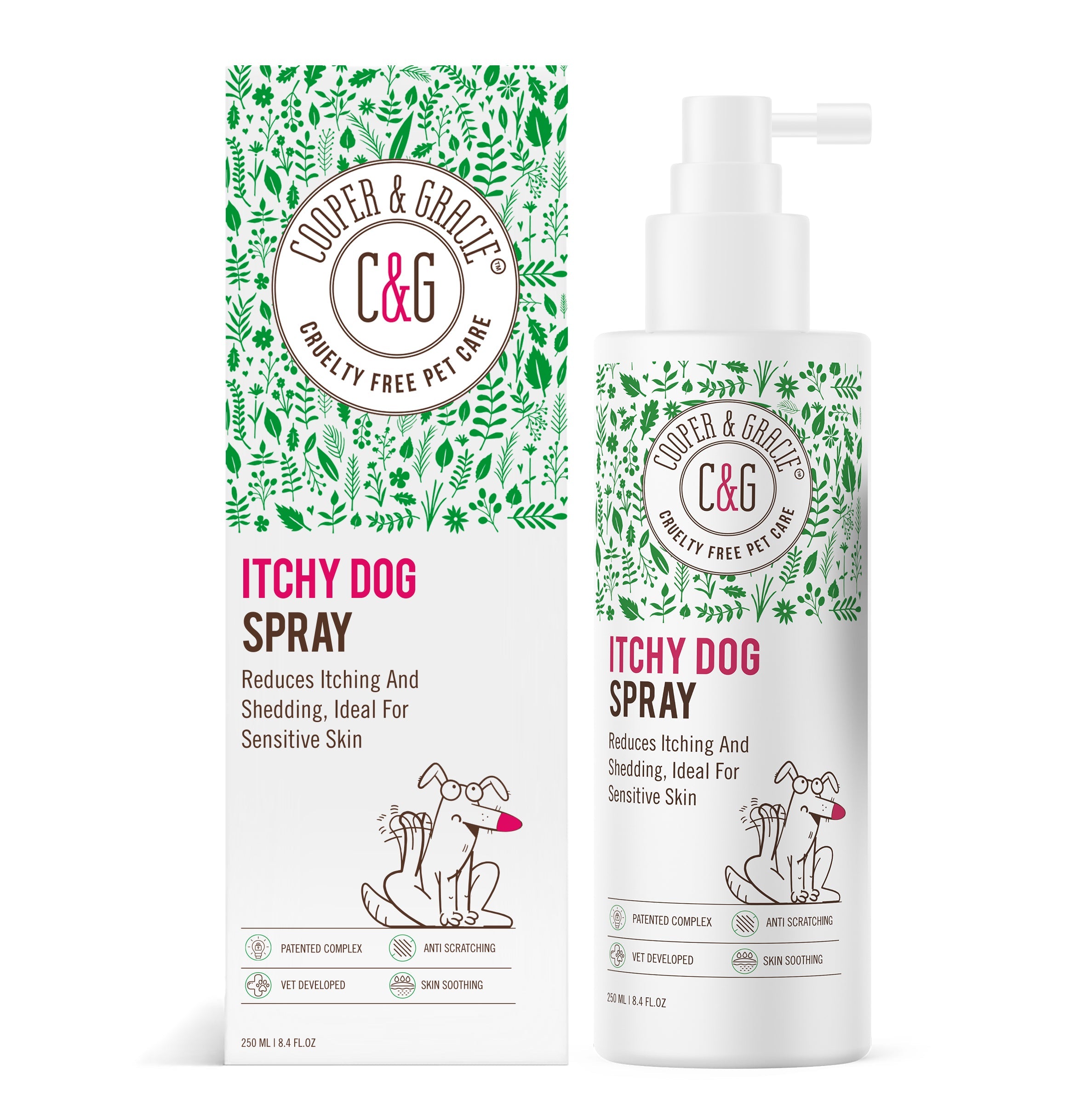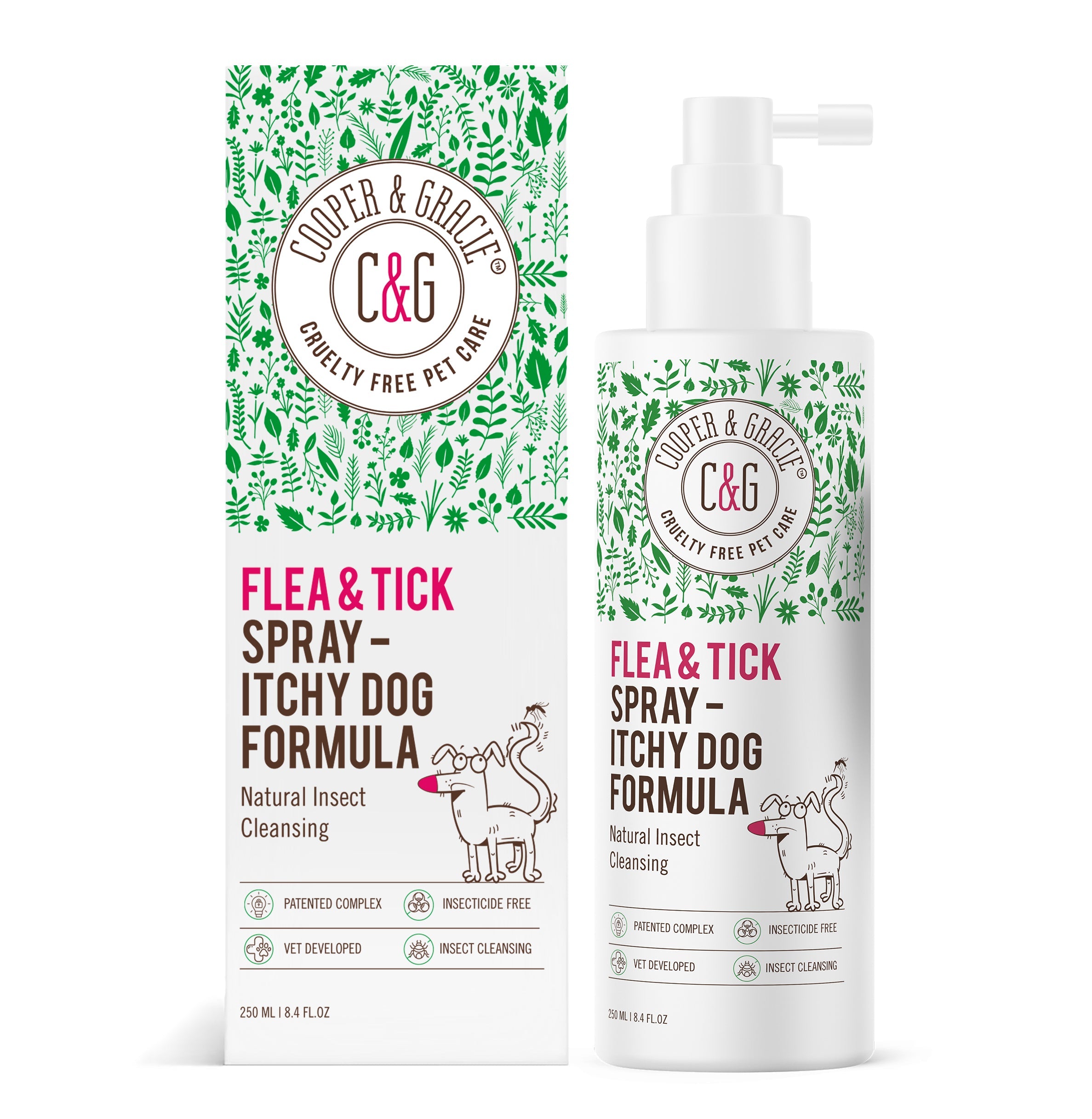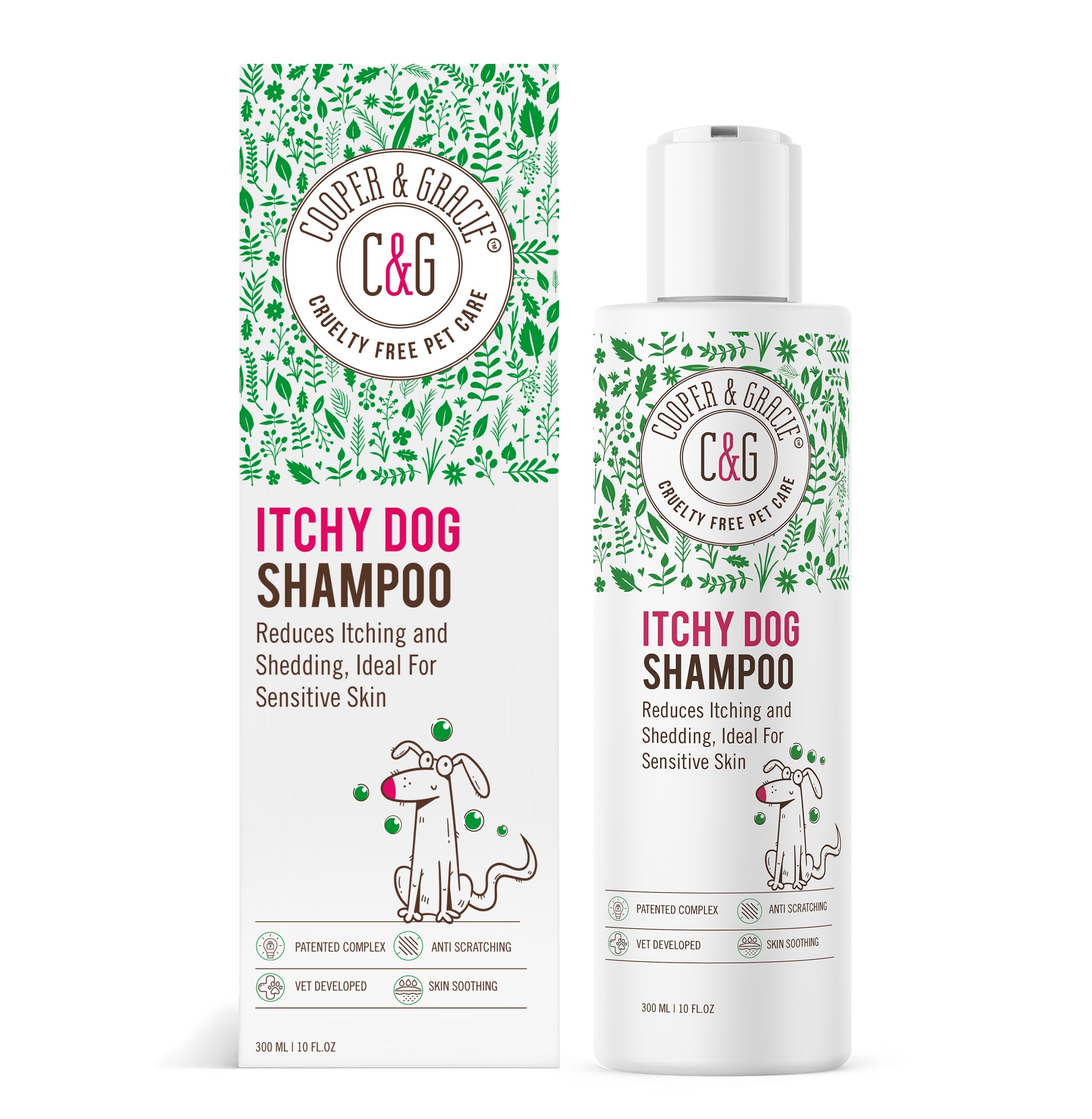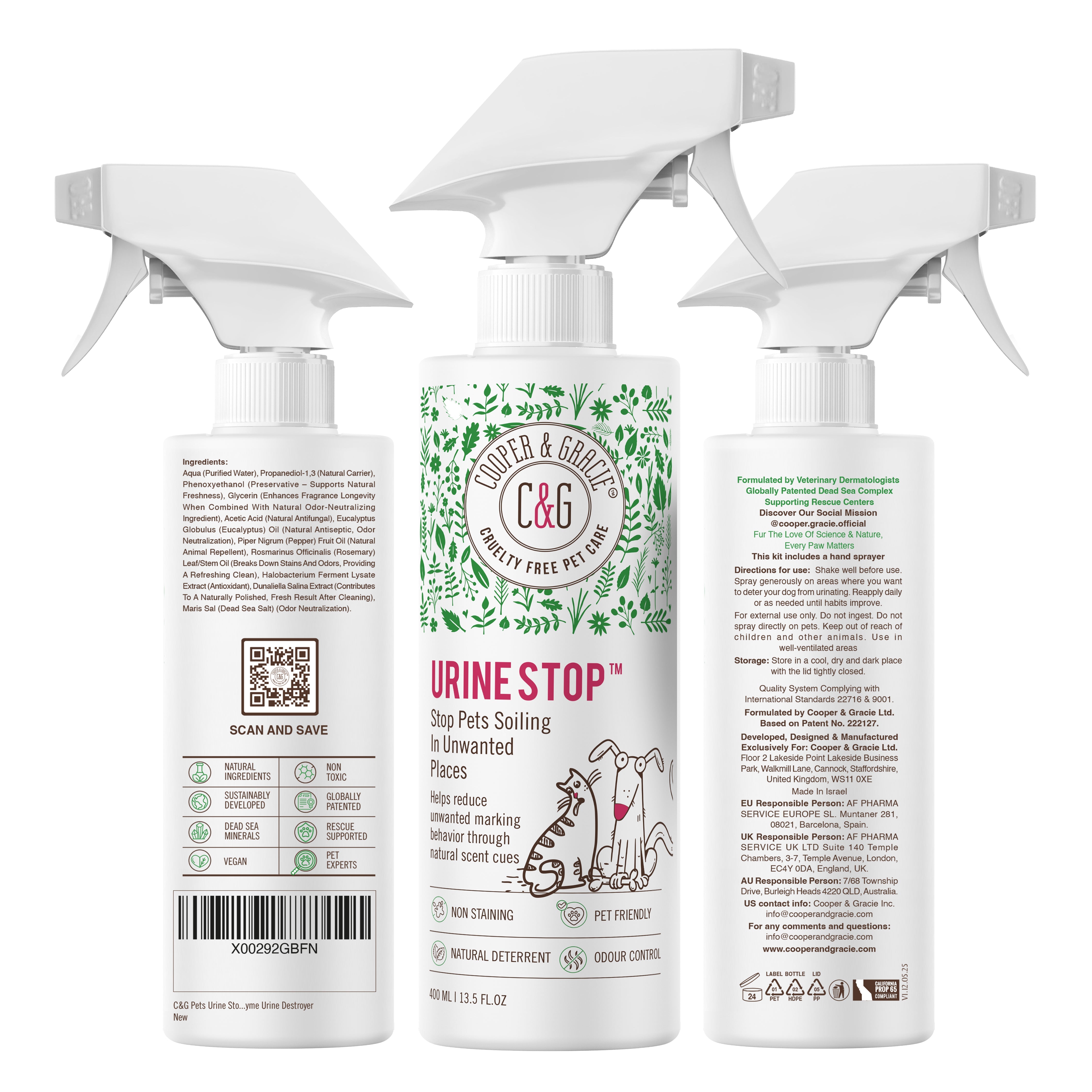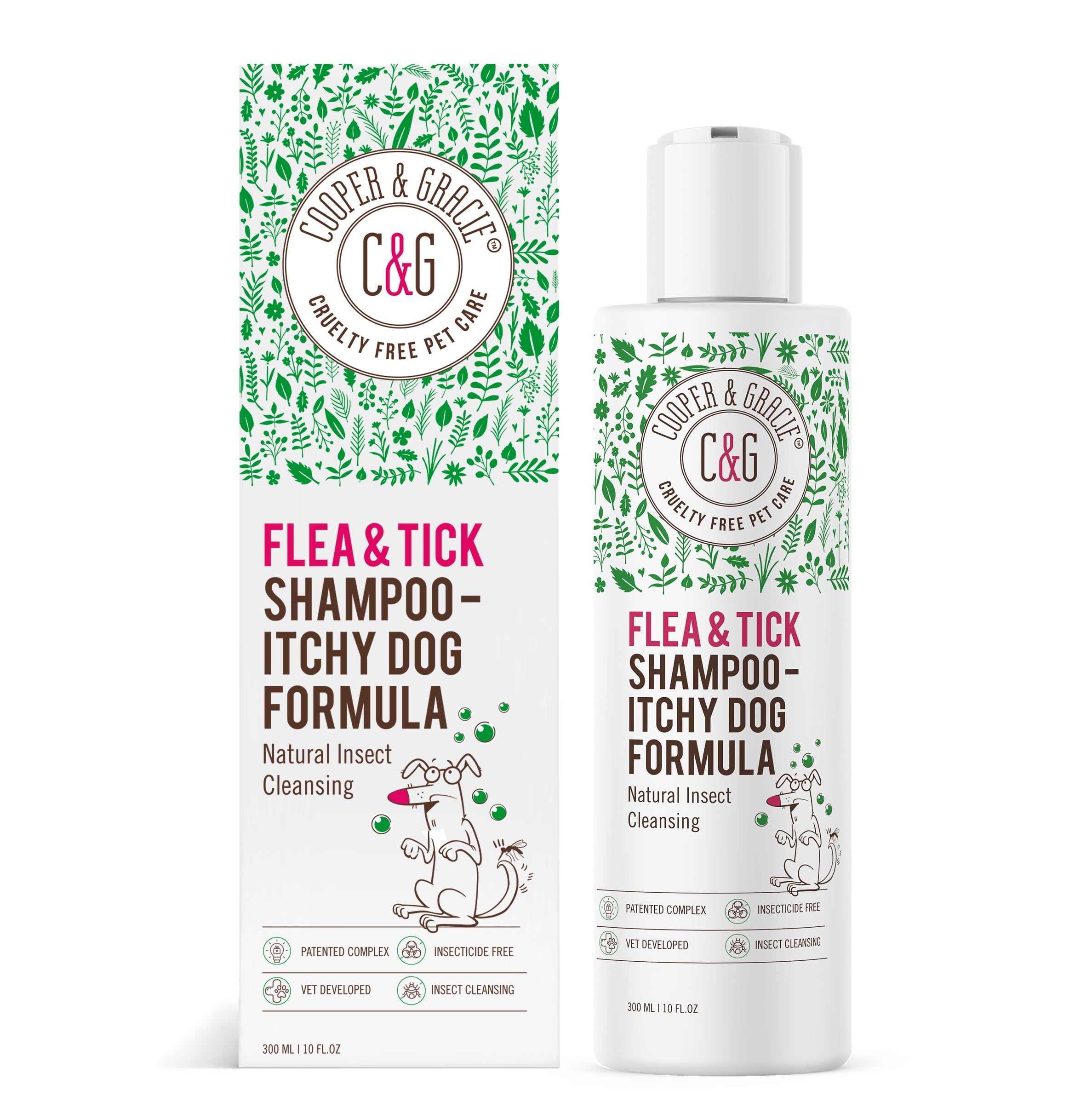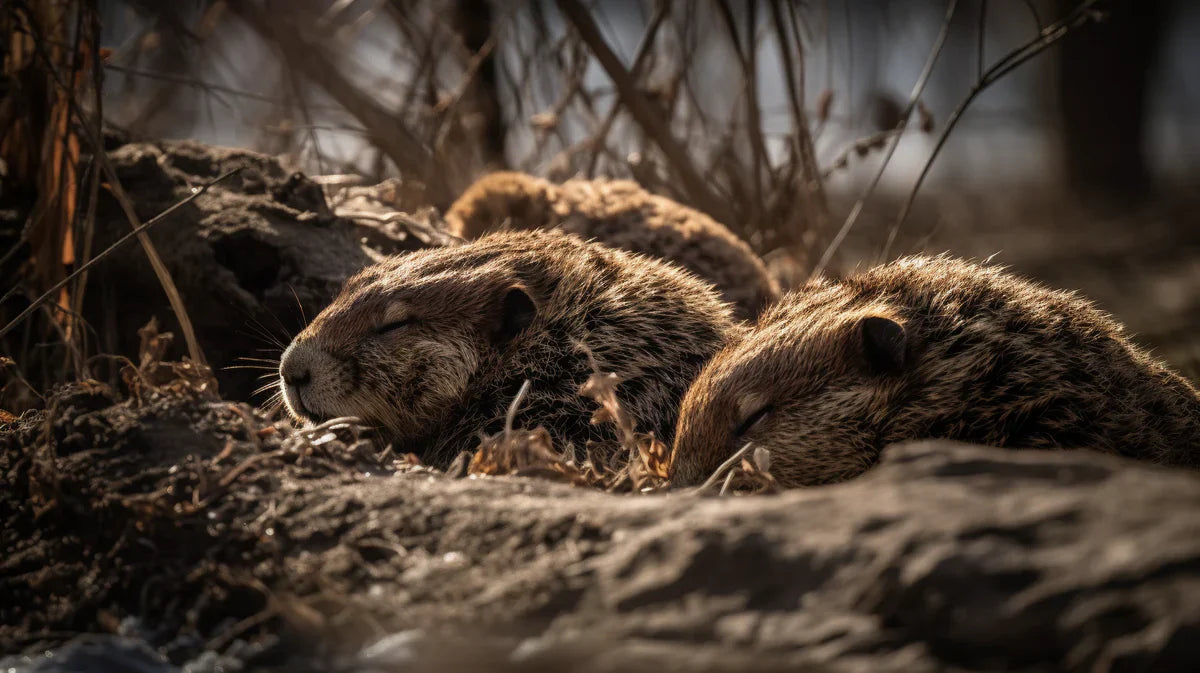Introduction
What is hibernation?
You've likely heard the term hibernation thrown around a lot, especially during winter. But what does it really mean?
Hibernation is like nature’s pause button. It's a biological state some animals enter to survive challenging environmental conditions, typically low temperatures and scarce food supplies.
Why do animals hibernate?
But why do animals hit this so-called pause button? Hibernation is not just about catching up on sleep; it's a survival strategy that has evolved over millennia.
The Science Behind Hibernation
Biological Aspects
Reduced metabolism
So, what actually happens when an animal hibernates? Their metabolism takes a nosedive, conserving energy to help them survive for weeks or even months without food.
Fat storage
Before they head off to their winter slumber, animals stock up on fat reserves. This works as their energy source while they're in the inactive state.
Environmental Factors
Temperature
While it's easy to think that animals hibernate only because it's cold, temperature is just one piece of the puzzle. Cold temperatures do make it harder for animals to maintain their body heat, but it's more complex than that.
Food availability
Hibernation is also triggered by a lack of available food. During winter, food resources like plants and insects are scarce, making it tough for animals to find the nourishment they need.
Mammals That Hibernate
Bears
The poster children for hibernation are, of course, bears. But did you know that not all bears hibernate? Polar bears, for example, don't need to because food is still relatively available for them during winter.
Hedgehogs
These spiky little creatures are also on the hibernation list. Hedgehogs prepare a cosy nest and roll themselves into a ball for their winter snooze.

Bats
Here's another surprise: some bats hibernate. They prefer to huddle together in caves or tree hollows, relying on each other for warmth.
Birds That Hibernate
Common Poorwill
Not many birds hibernate, but the Common Poorwill is an exception. It's the only bird known to go into true hibernation.

European Robin
While not a true hibernator, the European Robin does enter a state of torpor during winter nights, a temporary hibernation-like state.
Cold-Blooded Animals That Hibernate
Frogs
Some frogs bury themselves in mud and enter a state of torpor, waiting for spring to come.
Snakes
You might be relieved to know that some snakes hibernate, coiling together in hidden spaces to preserve warmth.
Turtles
These slow-moving reptiles also dig into the mud, essentially shutting down until the environment is more favourable.
Unique Cases in the World of Hibernation
The Arctic Ground Squirrel: The Supercooler of the Animal Kingdom
The Arctic Ground Squirrel provides a fascinating glimpse into how extreme hibernation can get. Hailing from the frigid environments of Alaska, Canada, and Siberia, this remarkable rodent has adapted to some of the most inhospitable conditions on Earth. And how does it survive the brutal cold? By supercooling its body fluids, an astounding feat of biological engineering.
The Science of Supercooling
Supercooling is a phase where a liquid remains in a fluid state even below its freezing point, without turning into a solid. In the case of the Arctic Ground Squirrel, it uses this phenomenon to lower its body temperature to as low as -2.9°C (26.78°F). It's an incredible adaptation that prevents the formation of ice crystals in its blood and tissues, thereby allowing the squirrel to hibernate for up to 8 months without suffering from frostbite or other cold-related injuries.
The Role of the Liver and Brain
The Arctic Ground Squirrel's liver plays a vital role in regulating its body temperature during hibernation. Before entering its long sleep, the squirrel's liver starts producing glucose through a process known as gluconeogenesis, which becomes a key energy source during hibernation. Additionally, the animal's brain undergoes changes to enter a state of reduced activity, which further conserves energy.
The Importance of Timing
The Arctic Ground Squirrel doesn't just decide on a whim to start its hibernation. It relies on precise cues from the environment, particularly the length of daylight, to determine when to enter and exit its hibernating state. This intricate timing is crucial for its survival, as even a slight miscalculation can be fatal in its unforgiving habitat.
Conservation Implications
Understanding the Arctic Ground Squirrel's exceptional hibernation capabilities could provide insights into animal conservation strategies. Climate change poses a threat to many hibernating species by disrupting the seasonal cues they rely on. The resilience of the Arctic Ground Squirrel serves as a template for how animals might adapt to rapidly changing environmental conditions.

So, the next time you think of hibernation, remember that it's not just a long nap. For creatures like the Arctic Ground Squirrel, it's a carefully orchestrated survival strategy backed by an array of biological marvels.
The Dusky Grouse: A Master of Snowy Camouflage and Insulation

While the Arctic Ground Squirrel relies on supercooling its body fluids, the Dusky Grouse takes a different but equally remarkable approach to surviving the chill. Found in the mountainous regions of North America, this bird uses the snow itself as both a refuge and an insulating layer. But how exactly does it manage to turn a seemingly hostile environment into a cosy winter home?
The Power of Burrowing
Unlike most birds that seek the shelter of trees or migrate to warmer climates, the Dusky Grouse opts for a more ground-based strategy. It burrows into the snow, effectively creating a small chamber that serves as its winter abode. This burrow not only hides the bird from predators but also provides excellent insulation.
How Snow Acts as an Insulator
Snow might appear cold, but it's composed of frozen water particles interspersed with air. These air pockets act as excellent insulators, trapping the grouse's body heat within the burrow. This is similar to how a double-glazed window traps air between its panes to keep a house warm.
Predatory Evasion
The snow burrow is not just a cosy hideaway; it's also a life-saving fort. By burrowing into the snow, the Dusky Grouse becomes nearly invisible to predators like hawks and foxes. The snow layer acts as a natural camouflage, blending the bird into its surroundings. This makes it difficult for predators to spot the grouse, let alone catch it.
Energy Conservation
By remaining mostly immobile in its snow burrow, the Dusky Grouse conserves valuable energy that would otherwise be spent foraging or evading predators. It enters a state of reduced metabolic activity, allowing it to survive on its body reserves for extended periods. This is essential for making it through the harsh winter months when food is scarce.
Ecological Impact
The behaviour of the Dusky Grouse has ecological benefits as well. Its burrowing aerates the soil beneath the snow, promoting better water infiltration and soil health. This is a subtle but important way in which the bird contributes to the ecosystem it inhabits.
The Dusky Grouse offers yet another intriguing example of how animals adapt to the challenges of winter. Its unique snow-burrowing behaviour highlights the remarkable diversity of survival strategies within the animal kingdom.
How Humans Can Help
Respecting habitats
Want to be an ally to our hibernating friends? Don't disturb their natural habitats during these critical periods.
Monitoring disturbances
Keeping track of human activity in these areas can help us minimise our impact on these natural processes.
Frequently Asked Questions
- Do all bears hibernate?
Not all bears hibernate. For example, Polar bears generally do not hibernate because food resources are still somewhat available to them during winter months. On the other hand, Brown bears and Black bears are more likely to hibernate due to scarcity of food and extreme cold in their habitats.
2. Can birds hibernate?
Most birds do not hibernate; they migrate to warmer regions instead. However, there are exceptions. The Common Poorwill, a bird found in North America, is known to go into true hibernation. Some other birds like the European Robin go into a state of torpor during extremely cold nights.
3. How long do animals usually hibernate?
The duration of hibernation varies among species. Some animals hibernate for just a few weeks, while others, like the Arctic Ground Squirrel, can hibernate for up to 8 months. The length of hibernation usually depends on environmental conditions and the availability of food.
4. What's the difference between hibernation and torpor?
Hibernation and torpor are both states of reduced metabolic activity, but they are not the same. Hibernation is a long-term state that lasts for weeks or months and is often seasonal. Torpor, on the other hand, is a short-term state that can last from a few hours to a couple of days. Torpor can be triggered by environmental conditions like a sudden drop in temperature, while hibernation is more premeditated and planned.
5. Are there any aquatic animals that hibernate?
Yes, some aquatic animals do hibernate, but it's not as common as in terrestrial animals. Certain types of frogs and turtles hibernate by burying themselves in the mud at the bottom of ponds or lakes. During this period, they can absorb oxygen through their skin to survive.
Conclusion
Hibernation is a fascinating survival strategy employed by various animals to weather the harsh conditions of winter. From mammals like bears and hedgehogs to cold-blooded creatures like frogs, hibernation is more widespread than you might think. As humans, our awareness and respect for this natural process are crucial for the well-being of these animals.
Prepare for Hibernation Season with Cooper and Gracie's Natural Pet Care
As winter approaches, animals like bears and hedgehogs aren't the only ones that need extra care; your pets do too! Just like hibernating animals prepare for months of rest, your furry companions deserve to be pampered with the best. That's where Cooper and Gracie come in. Offering a superb range of natural, cruelty-free pet care products, we help to ensure that your pets are not only well-groomed but also healthy and comfortable during the colder months. From organic flea treatments to soothing shampoos perfect for sensitive skin, Cooper and Gracie have you covered. Make your pet's winter as comfy as a hibernating hedgehog's; click here to explore the Cooper and Gracie collection now!

